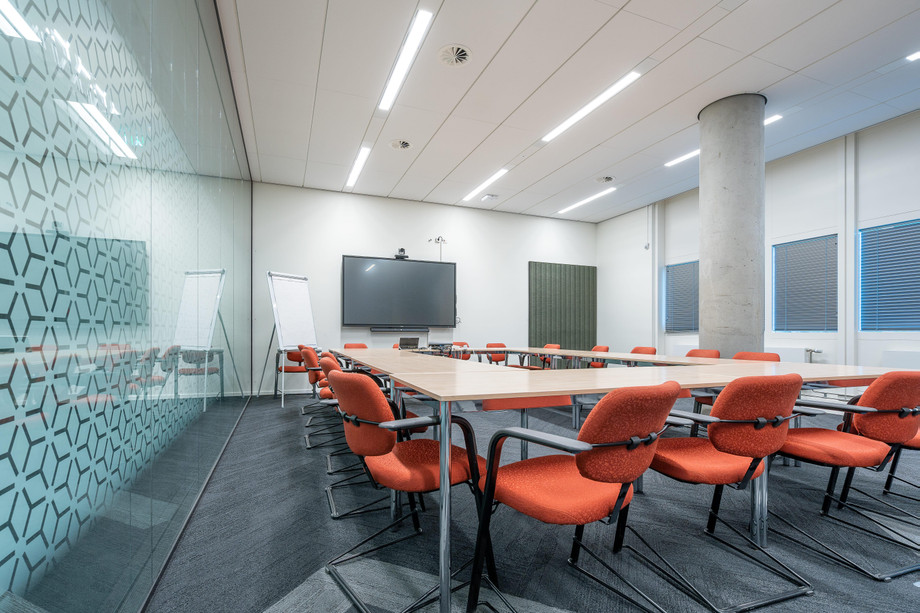
Choosing the right furniture for your office plays a significant role in creating a functional and productive workspace. When setting up areas for meetings, workshops, or training sessions, the decision between training tables and conference tables can impact how efficiently the space is used. Though they may seem similar, these tables serve very different purposes, and understanding their unique features will help you make the best choice for your needs.
In this guide, we’ll explore the key differences between training tables and conference tables, their best uses, and how the right selection can enhance your office environment.
What Are Training Tables?
Training tables are designed for versatility and flexibility. They are lightweight, easy to move, and can be quickly rearranged to suit different types of sessions or events. This makes them ideal for spaces where the layout changes frequently, such as training rooms, workshops, or multipurpose areas.
Key Features of Training Tables
- Mobility: Many training tables come with wheels or lightweight frames, making it simple to move them around as needed.
- Space-Saving: With folding options available, these tables can be stored easily when not in use, helping businesses maximize space.
- Modular Design: Training tables can be arranged in various configurations, from classroom-style rows to U-shaped setups, depending on the event.
- Affordability: They are generally more cost-effective than permanent meeting tables, especially when multiple tables are required.
Best Uses for Training Tables
- Employee training and onboarding sessions
- Educational workshops and seminars
- Temporary collaborative workspaces
- Conference breakout sessions
- Multi-purpose rooms that require frequent reconfigurations
Folding training tables are especially beneficial in spaces that need to transition between uses quickly, making them a popular choice in dynamic office environments.
What Makes Conference Tables Different?
While training tables are designed for flexibility, conference tables are built for permanence and formality. A conference table serves as the central feature of a meeting space, offering ample surface area for discussions, presentations, and collaborative work.
Choosing the right conference room table dimensions is essential to make sure the table fits comfortably within the space while providing enough seating for all participants. These tables often serve as the focal point of boardrooms and meeting areas, projecting professionalism and organization.
Key Features of Conference Tables
- Durability: Built from high-quality materials like solid wood, glass, or metal, conference tables are designed to last for years.
- Seating Capacity: Available in various sizes, conference tables can accommodate small groups or larger teams, depending on the dimensions chosen.
- Integrated Technology: Many conference tables come with built-in features like power outlets, cable management systems, and ports to support presentations and video conferencing.
- Professional Appearance: These tables often feature sophisticated finishes and designs that reflect a company’s brand and style.
Best Uses for Conference Tables
- Formal board meetings
- Client presentations
- Team brainstorming sessions
- Video conferencing
- Strategy and planning sessions
For Office Furniture businesses in Rockville, MD, along with Baltimore and Washington, D.C., a well-designed conference table can increase the professionalism and functionality of their meeting spaces.
Deciding Between Training Tables and Conference Tables
Choosing between training tables and conference tables depends on the specific needs of your workspace. Here are a few factors to consider:
- Purpose of the Space: If the room serves as a dedicated meeting area, a conference table is ideal. For spaces that need flexibility, training tables offer more adaptability.
- Space Limitations: Training tables work well in multipurpose or smaller rooms where space needs to be optimized. Conference tables require a dedicated area with enough room for seating and movement.
- Frequency of Layout Changes: Businesses that regularly reconfigure their spaces for different events will benefit from folding training tables, which can be moved and stored easily.
- Aesthetic Preferences: Conference tables often serve as a statement piece in meeting rooms, adding to the overall design and professionalism of the space.
The Benefits of Bespoke Office Furniture
One way to maximize both function and style in your workspace is through custom solutions. The benefits of bespoke office furniture go beyond simple aesthetics; they allow businesses to tailor pieces to their specific needs.
For example, custom training tables can be designed with built-in power outlets for tech-heavy workshops, or conference tables can be crafted to perfectly match a company’s brand and fit the exact dimensions of the meeting room.
Also Read- The Ultimate Guide to Folding Training Tables
Final Thoughts
Selecting the right office tables is vital for creating a productive and professional environment. Training tables offer flexibility and adaptability, making them perfect for dynamic spaces that require frequent layout changes. In contrast, conference tables provide a permanent, polished setting ideal for formal meetings and client presentations.
Direct Office Furniture stands out as a trusted, customer-focused provider of premium collapsible training tables, offering practical and stylish solutions that enhance both the efficiency and aesthetics of your workspace.
Contact Direct Office Furniture to explore a wide range of options. From folding training tables to modular designs, you’ll find the perfect solution to meet your office needs and create a workspace that supports both collaboration and efficiency.
